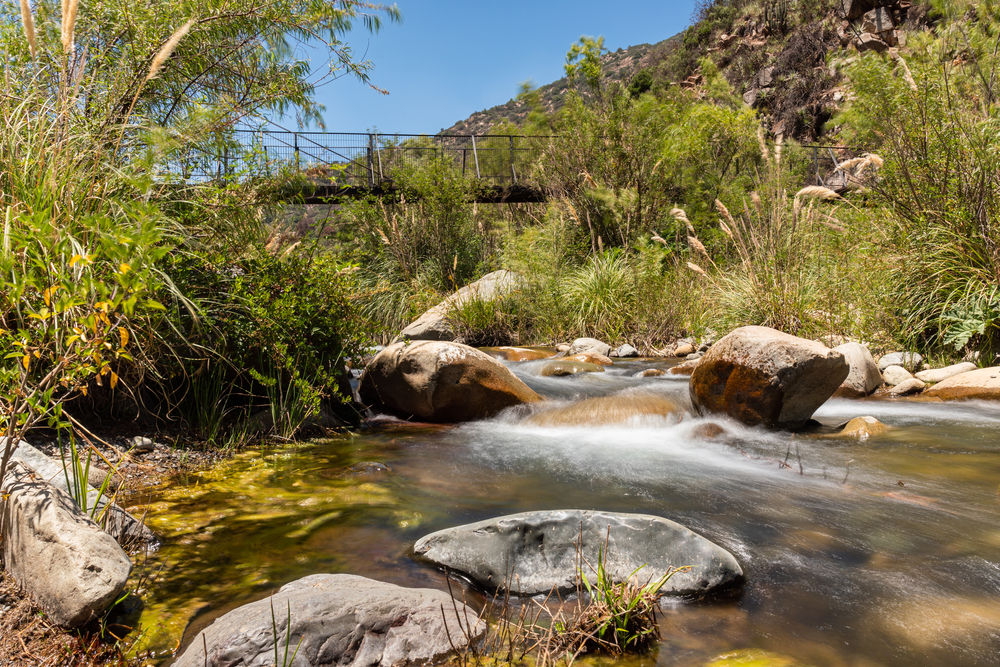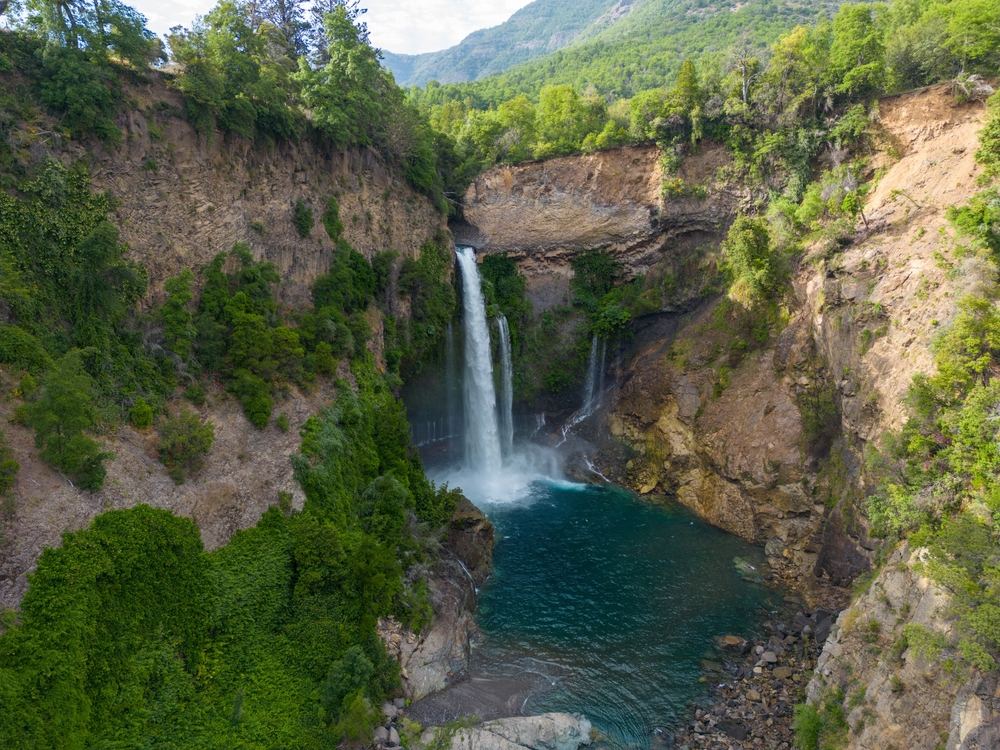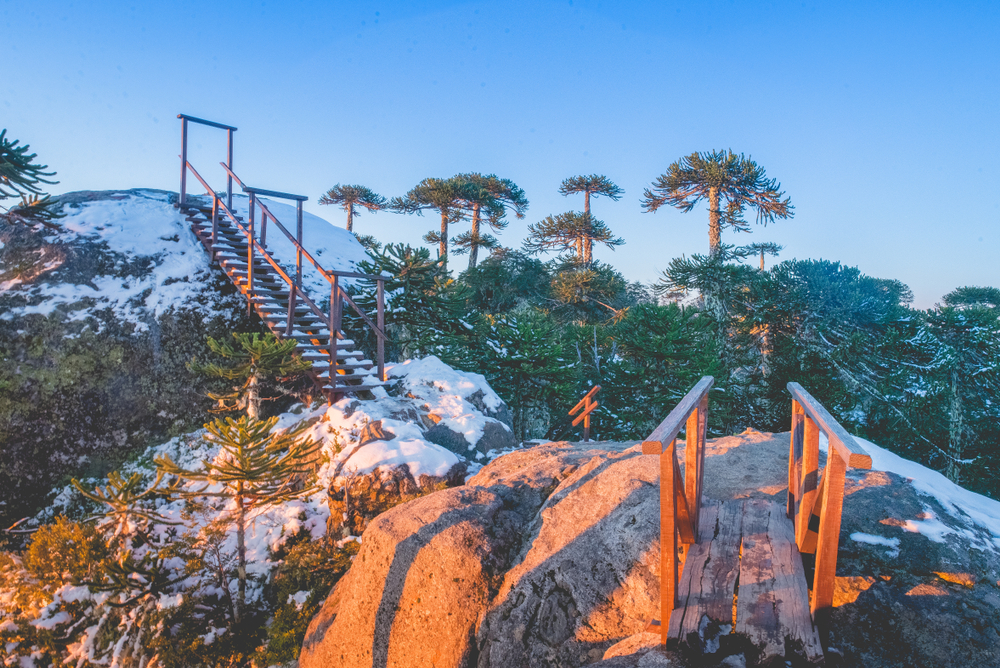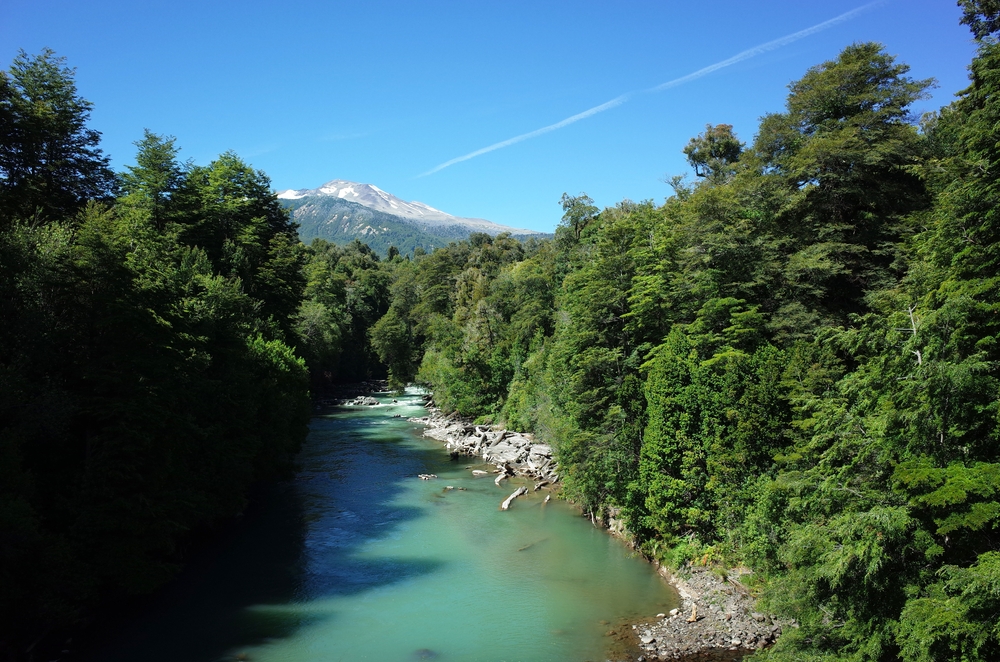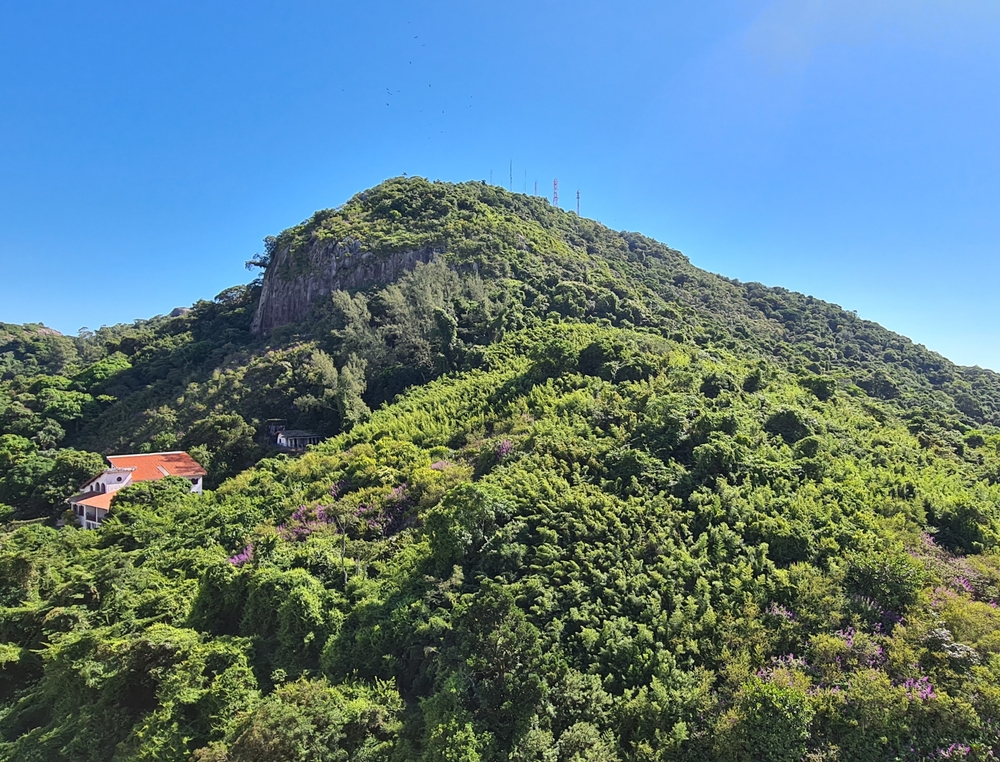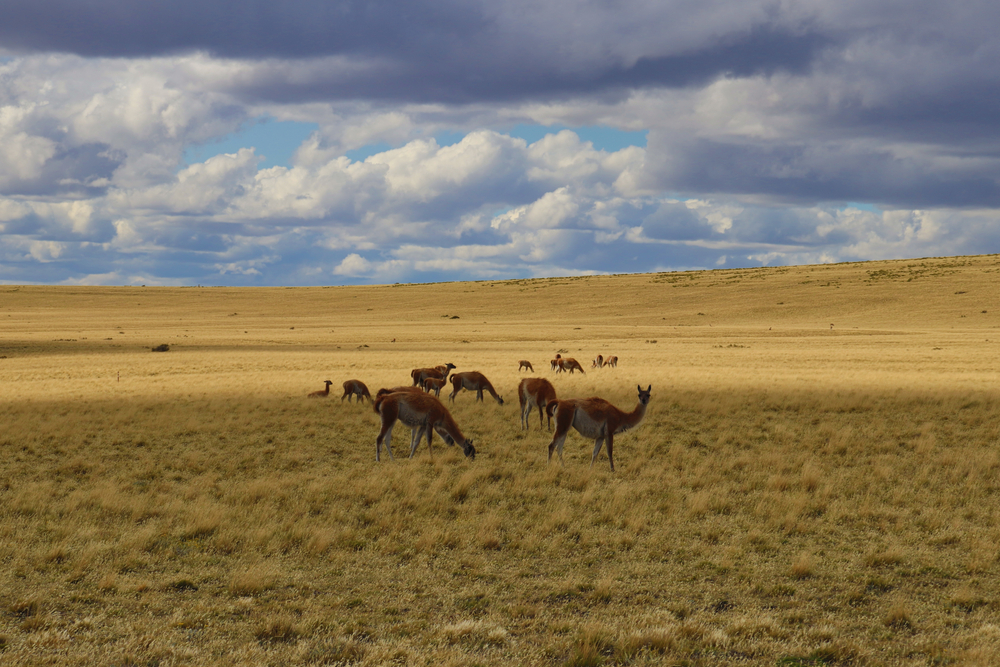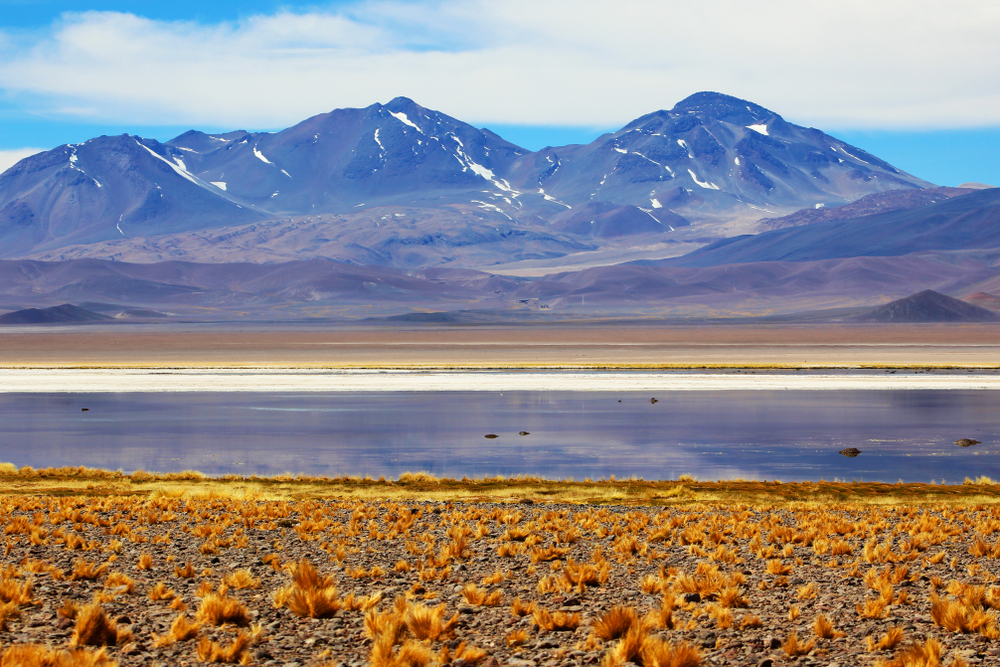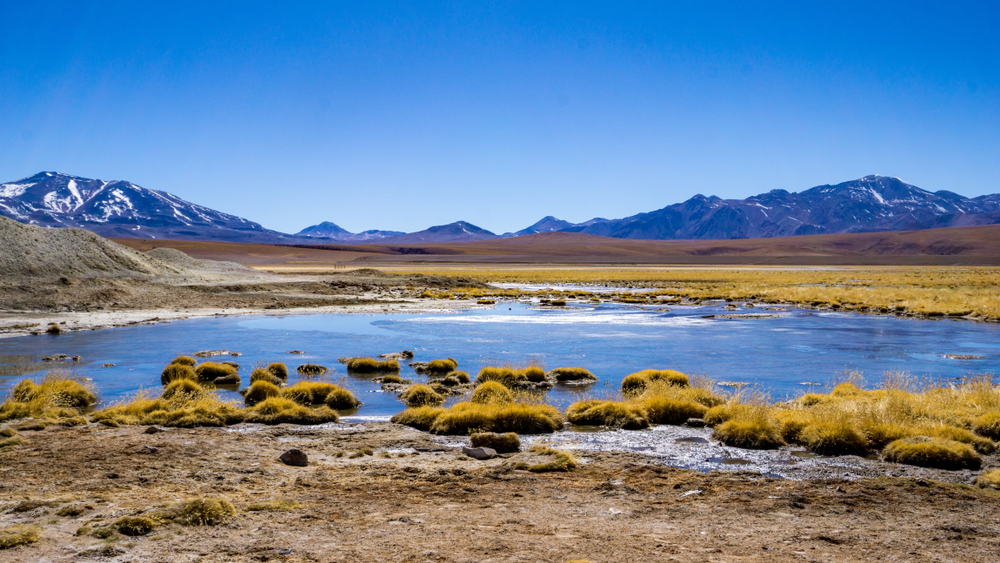Rio Clarillo Overview
Río Clarillo National Park, known locally as Parque Nacional Río Clarillo, is a protected natural area in Chile’s Santiago Metropolitan Region. Spanning approximately 33 square miles (85 square kilometers), this national park is located about 45 miles (72 kilometers) southeast of Santiago, near the town of Pirque.
Nestled within the foothills of the Andes Mountains, Río Clarillo National Park offers a scenic escape into a diverse landscape of rolling hills, lush valleys, and crystal-clear waterways. The park is named after the Río Clarillo, a river that meanders through its terrain, providing a vital water source for the surrounding ecosystem.
The landscape is dominated by Mediterranean sclerophyllous forests, featuring hardy vegetation adapted to the region’s warm summers and mild, rainy winters. Prominent tree species include peumo, litre, and quillay, with the Chilean palm making occasional appearances. The park’s varied topography, with elevations ranging from 850 to 3,500 feet (260 to 1,070 meters), supports a wide array of plant life that changes with altitude.
Wildlife enthusiasts visiting Río Clarillo National Park have the opportunity to encounter a variety of animal species that thrive in this protected area. Among the most notable mammals found within the park are the elusive culpeo fox and the small but agile degus, a rodent native to Chile. Other mammals, such as the long-tailed chinchilla and the güiña, one of the world’s smallest wild cats, are rarer sightings but still inhabit the region.
The park is particularly known for its birdlife, attracting ornithologists and casual birdwatchers alike. The strikingly colorful Chilean flicker, the majestic black-chested buzzard-eagle, and the melodious austral thrush are common residents. Additionally, the endangered Andean condor occasionally soars above the park’s ridges, making for an unforgettable sight for those lucky enough to witness it. The Río Clarillo provides a vital habitat for aquatic species, including native fish like the pejerrey.
One of the park’s most popular features is its pristine river, which serves as a focal point for visitors seeking recreation and relaxation. Its clear, refreshing waters invite visitors to wade, picnic along its banks, or simply enjoy the natural beauty of the area. Well-maintained hiking trails wind through the park, offering access to viewpoints, waterfalls, and dense forested areas.
The park is particularly popular among nature lovers from Santiago who come for day hikes along trails such as Quebrada Jorquera and Rincón de los Bueyes, both of which provide excellent opportunities for wildlife observation. Interpretive signs along the trails offer insight into the local flora and fauna, making the experience both educational and immersive.
Visitors engage with the park through various outdoor activities, including birdwatching, photography, and guided nature walks. Camping is not permitted, as the park primarily serves as a conservation area with a focus on preserving its fragile ecosystem.
Nonetheless, designated picnic areas allow for leisurely visits, and the park’s ranger-led programs provide valuable information about its ecological significance. Due to its close proximity to Santiago, Río Clarillo is a favored destination for families and school groups seeking an accessible nature retreat.
Conservation efforts in Río Clarillo National Park have been met with significant success, particularly in the protection of native plant species and the recovery of local wildlife populations. Once a national reserve, it was officially designated as a national park in 2020, reinforcing its status as a crucial conservation area.
The park’s management focuses on mitigating human impact, particularly by regulating visitor numbers and prohibiting activities that could damage its delicate ecosystem. Water conservation is a primary concern, as the Río Clarillo plays an essential role in supplying clean water to nearby communities.
Additionally, the park serves as a research site for scientists studying Chile’s Mediterranean ecosystems, providing valuable insights into sustainable conservation strategies. Through careful stewardship and increased environmental awareness, Río Clarillo National Park continues to serve as a model for ecological preservation in central Chile.








































































